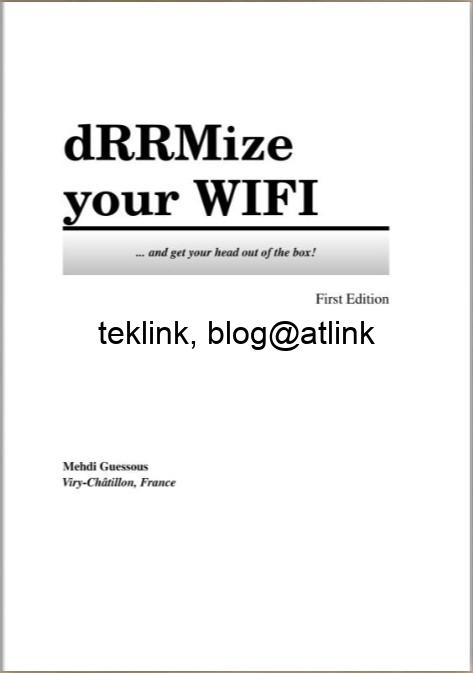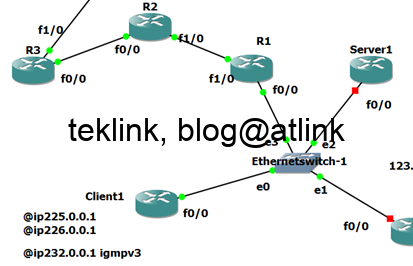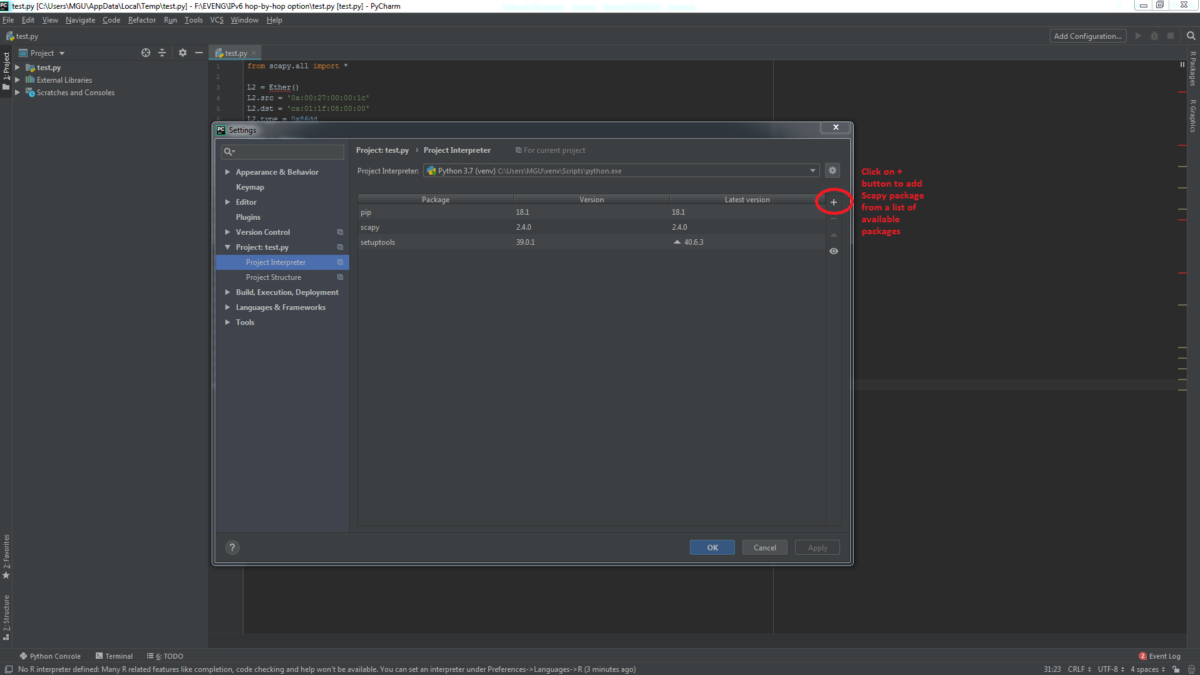In this post we present the work accessible via this link: dRRMize your WIFI… and get your head out of the box!, about radio ressources managmenet in a WLAN entreprise network. RRM or Radio Ressource Management being fundamental to the operation any unified wireless network and a master piece of any WLC (the Wlan controller).
The work argues that wireless technology is everywhere, overwhelming, in the heart of every IT architecture, and this is for many reasons: increase of user mobility, ease of network operation, scalability in deployment, enabling of the localisation services, user and equipment presence detection, etc.; it is a fact that the technology supports a wide range of applications and services and necessarily requires the integration of multiple technologies such as :WIFI, LTE, ZIGBEE, BLUETOOTH, which is a complex task.
This book aims to contribute at enhancing the way conceiving and building such networks is done in the context of enterprises acting in different domains: transportation, retail, finance and so on, in a multi technology and multi-vendor environments, with an added IT value services and applications.
This work is the result of an academic (scientific) development but which the author tries to make accessible to a wider audience. To do this, it does not include the development of mathematical or formal models and focuses on the practical aspect of the solutions, trying to convey the general idea by means of simple examples when it’s possible. Frequent references are provided to enable readers to explore the concept of this work in greater depth.
The work in its development discusses the notion of radio coverage. It begins with a simple, basic modeling and gradually develops it to account for new challenges that arise in the design of wifi networks. Coverage modeling opens the possibility of two things: the simulation of existing models (from scientific writers or publishers) and the proposal of alternative solutions for calculating the RRM. It then proposes two approaches to RRM solutions, one analytical called In the Path and the other Out of Path mobilizing notions of automated machine learning (artificial intelligence).





